Have you ever felt drawn to the magic of the full moon? Or heard her soft voice call to your soul as she spreads her light silently over the sleeping Earth?
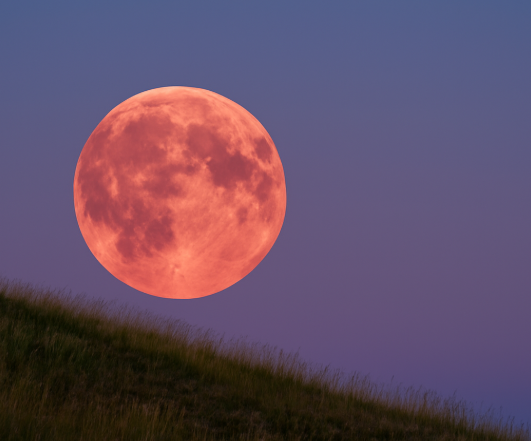
There’s something undeniably magical about a full moon. Whether you’re stepping outside to gaze lovingly at it as I often do, or are by chance just soaking in its silvery glow, it can feel like time pauses for a moment, just so you can absorb her power.
The full moon has stirred human imagination for centuries, inspiring myths, rituals, poetry and spiritual practices across cultures and continents.
But why does it move us so deeply? And what might it mean energetically and spiritually?
The full moon in the natural cycle
Astronomically, the full moon marks the point when the moon is directly opposite the sun and fully illuminated from our perspective on Earth. It’s a moment of peak energy in the lunar cycle and is often seen as a climax or a time of fruition. Just as the new moon is associated with beginnings and intention-setting, the full moon represents release, revelation, and reflection.
This phases of the moon are believed by many to subtly influence natural rhythms – from ocean tides (due to gravitational pull) to animal behaviour. Some believe that it also affects our emotions, dreams, and inner awareness, which may explain why so many people feel restless or introspective at this time.
Full moon myths and folklore
Throughout history, the full moon has been surrounded by stories and symbolism. Here are just a few:
- Lunacy and transformation: The term “lunatic” comes from luna, the Latin word for moon. Ancient lore often linked the full moon with altered states of mind, heightened passion, and unpredictable behaviour. From werewolves to witches, the full moon was believed to awaken the wild and mysterious within
- Feminine power: Many traditions associate the moon with the divine feminine. In ancient Greece, Selene was the moon goddess; in Hinduism, Chandra is linked to beauty, intuition and emotional flow. The moon’s monthly cycle also mirrors the female menstrual cycle – connecting it deeply to fertility, cycles, and creative power
- Harvest and abundance: Some cultures gave names to each full moon, especially those tied to the agricultural calendar – like the Harvest Moon or Strawberry Moon. These names remind us of humanity’s ancient relationship with the Earth’s rhythms and seasonal shifts

The different full moons – names, meanings and seasonal rhythm
Each full moon throughout the year has a name, often drawn from Native American, Anglo-Saxon, or Celtic traditions. These names reflect seasonal activities, natural changes, or animal behaviours relevant to that time of year. Here are some of the most well-known:
- Wolf Moon (January): Named after howling wolves during winter’s cold, symbolising survival, strength and inner focus
- Snow Moon (February): A nod to heavy snowfalls and the quietude of winter. A time to go inward and gather strength
- Worm Moon (March): Marks the beginning of thawing soil – worms reappear, and birds return. Symbolically, a time of awakening
- Pink Moon (April): Named after pink phlox flowers that bloom in early spring. A time of rebirth, beauty, and growth
- Flower Moon (May): Reflecting blooming abundance and creative fertility. Often associated with blossoming love and energy
- Strawberry Moon (June): Tied to the strawberry harvest. A sweet, ripe moon encouraging joy, celebration and gratitude
- Buck Moon (July): Refers to deer growing new antlers. It’s often seen as a moon of growth, regeneration and strength
- Sturgeon Moon (August): Named after the large sturgeon fish in lakes during this season. Represents ancient wisdom and persistence
- Harvest Moon (September/October): The closest full moon to the autumn equinox, providing light for long harvest days. Symbolically about reaping what we sow, reflection, and release
- Hunter’s Moon (October): Traditionally used for hunting game ahead of winter. Energetically, this moon can feel intense, action-driven, or clarifying
- Beaver Moon (November): Named for the time beavers build their winter dams. Represents preparation, home, and grounding
- Cold Moon (December): The final full moon of the year. Often associated with stillness, inner light, and soulful completion
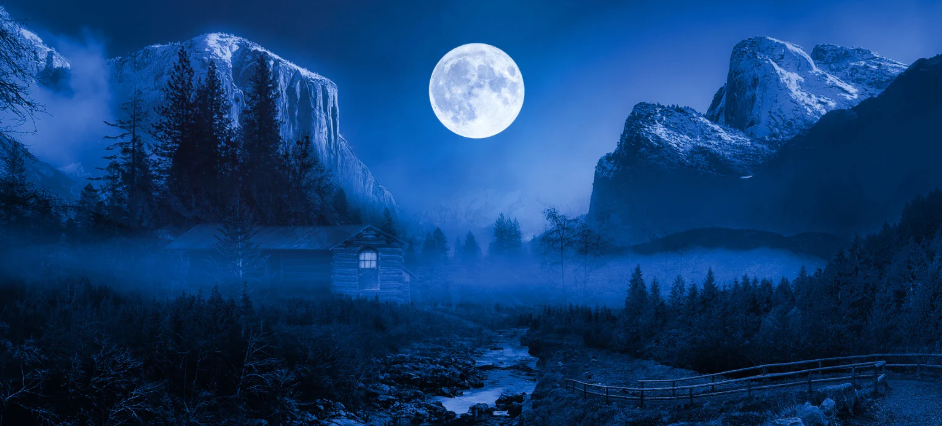
Bonus Full Moon Types:
- Blue Moon: When two full moons occur in the same calendar month (about once every 2.5 years), the second is called a Blue Moon. It’s rare, hence the phrase “once in a blue moon”, and is often viewed as a powerful time for spiritual insight or unexpected opportunity
- Supermoon: When a full moon occurs closest to Earth in its orbit (perigee), it appears larger and brighter. Supermoons are said to intensify emotional energy and bring matters into sharper focus
- Blood Moon: A total lunar eclipse gives the moon a reddish hue due to the Earth’s atmosphere scattering sunlight. Often thought to be a time of powerful transformation and endings
The energetic meaning of the full moon
For those who work with energy or spiritual practices, the full moon is often seen as:
- A time for release: The brightness of the moon can symbolise illumination and clarity – helping us see what’s been hidden or what we’re ready to let go of
- A moment of reflection: Energetically, the full moon invites us to pause, take stock, and observe what has come to light. It’s a check-in point – a time to ask, What am I being shown right now?
- A gateway for ritual: Many people who follow Earth religions, such as Pagans, practise moon ceremonies during the full moon. These might include journalling, meditating, lighting candles, making moon water, charging crystals, or simply setting aside time to connect with intuition
A simple full moon ritual
You don’t need anything fancy to honour the energy of the full moon. Here’s a gentle ritual you can try tonight or any full moon:
- Find a quiet space where you can see the moon, or at least sit with intention
- Light a candle or use a crystal to symbolise clarity
- Reflect or journal on what’s come to light this month. What are you proud of? What are you ready to release?
- Say a release affirmation, such as:
“I let go of what no longer serves me. I release with gratitude and trust the unfolding” - Breathe deeply and close with a moment of gratitude

A personal reflection
Whenever there is a full moon, I always feel drawn to just sitting in my back garden, looking up at the moon. Perhaps I feel the clarity of the moment, or the stillness of the hour, but I always feel a deep invitation in the air to listen, to feel, to remember who I am, instead of all the noise.
You are not just a body under a sky – you are OF the sky. The full moon is not separate from you. Its glow mirrors your own light. Its rhythms echo the rhythms within your heart and soul across lifetimes.
So, take a moment to look up when you next see a full moon. Let yourself be guided, even if only for a few moments and feel the power grow within you.
Related posts
.How to use a pendulum for yes/no clarity

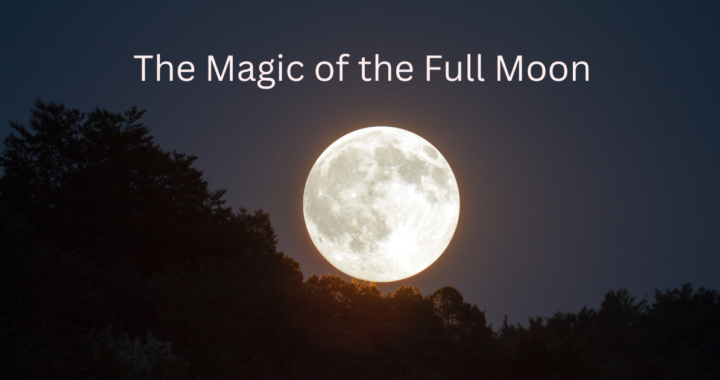
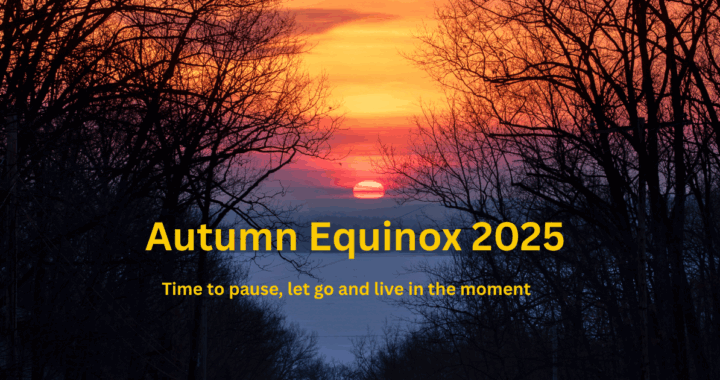
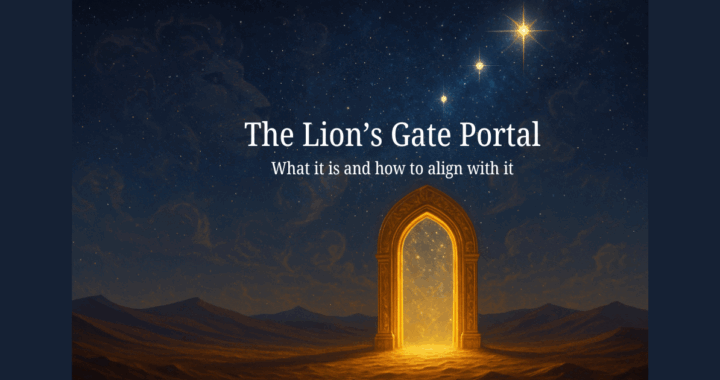
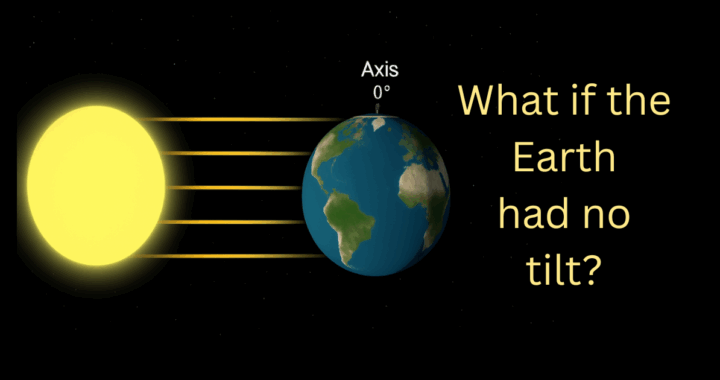
This was a beautifully written and reflective piece—thank you for sharing it. As someone who views creation through a biblical lens, I’m reminded how the moon, like all of nature, declares the glory of God (Psalm 19:1). The full moon’s beauty, rhythm, and pull on our hearts point not to magic in itself, but to the majesty of the Creator who spoke it into existence.
While some traditions focus on lunar energy or rituals, I personally see the full moon as a perfect time for prayer, thanksgiving, and reflection on the faithfulness of God. Just as the moon reflects the sun’s light, we are called to reflect Christ’s light in a world that often walks in darkness (Matthew 5:14-16).
Thank you again for the reminder to pause, look up, and consider the deeper meaning behind what we see in the sky. It’s a wonderful moment to realign our hearts with the One who made the moon and everything in it.
Hi Jason
Thank you for your very kind comments on this article and for giving your own perspective on the Moon. I love that you are linking it to God in your own way and that you have found your own spiritual path and way to connect to the Divine energy that is part of us all. The way you do this is entirely up to the person and their own spiritual journey and I’m very happy that you find the Moon and beautiful part of God’s creation, as do I.
Thanks for sharing an informative article!
This article does a great job explaining why the full moon feels so special to many people. It mixes easy-to-understand facts about the moon with stories and beliefs from different cultures. The writer also shares personal feelings and gives simple steps for readers to connect with the full moon’s energy. Overall, it’s clear, interesting, and makes the full moon feel meaningful and magical without being complicated.
Great work!
Hi SJ. Nice to see you again and I’m glad that you like this article on the magic of the full moon. The full moon is one of my favourite things to just sit quietly and contemplate and I just feel drawn to her beauty. Wishing you all the best, full moon or not. Gail